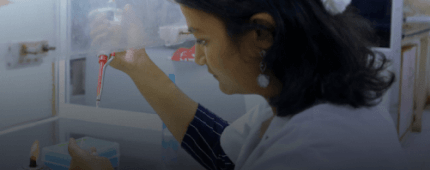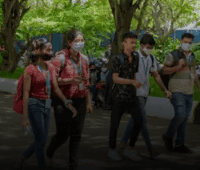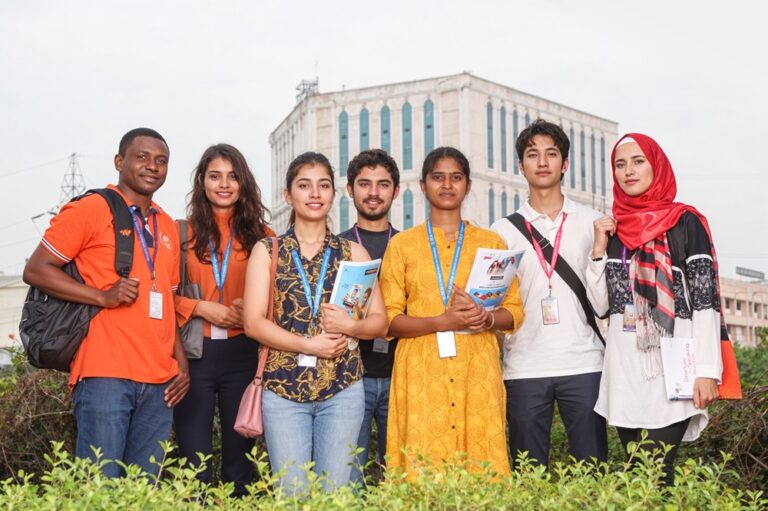Lorem ipsum dolor sit amet, consectetur adipiscing elit. Ut elit tellus, luctus nec ullamcorper mattis, pulvinar dapibus leo.
After a period of quiet, the recent re-emergence of a new sub variant of COVID-19 i.e., JN.1, has raised alarm bells in India and many South Asian countries. Despite the current wave appearing mild in severity, the rise in the number reiterates the importance of sustained public health vigilance.
A Public Health Perspective on the New COVID-19 Surge
From a public health perspective, the re-emergence of COVID-19, even in limited clusters, reminds us how the virus continues to evolve. The JN.1 sub-variant is a descendant of Omicron BA.2.86 and has rapidly moved across densely populated areas of Singapore and parts of India. In India, states like Kerala, Maharashtra, and Tamil Nadu have reported an increase in daily case counts. Even though most patients are presenting with mild symptoms, the public health department monitoring of the cases indicates a sense of public health responsibility.
Why this is important for public health?
Surveillance Issues: Risk of emergence of new variants is always there. Communities, especially those at higher risk, need to invest in effective surveillance systems and genomic studies.
Vaccine Gaps: Booster uptake has been very sporadic. Indeed, many at-risk populations, especially the elderly and immunocompromised, are overdue for their booster or updated doses. The public health system needs to create access and re-emphasize public health communication around vaccines as they update their policies and regulations.
Preparedness and Response Systems: Health systems must remain lively. Even a mild wave can strain the under-resourced facilities at risk of closure, including but not limited to isolation sites, ICU beds, and PPE caches.
Co-morbidities and Vulnerable Populations: The two COVID-19 deaths in Mumbai were had comorbid conditions. This, however, highlights the increased risks surrounding chronic conditions, especially in vulnerable populations. Outreach and communications from public health must combine messages of COVID-19 into its broader strategies for the Non-Communicable Disease (NCD) care context.
Understanding the JN.1 Variant
JN.1 is a Variant of Interest (VOI) listed by the World Health Organisation. While it is more transmissible, it is not causing severe disease. Nonetheless, it’s observed spreading signals high-transmissibility and, presumably, spread like under similar risky situational scenarios with poor mask-wearing use and potentially good ventilation.
Public Health Recommendations
Authorities from India and globally need to focus on the following points:
- Mask use in high-risk indoor settings (hospitals, public transport)
- Vaccination reminders, especially for vulnerable groups
- Hand hygiene and respiratory etiquette in community settings
- Conduct community-level surveillance including testing and contact tracing testing in hot spot sites
- Messaging must remain cautious without promoting panic, particularly for a population that may be already fatigued by previous waves.
- Rebuild Trust in Public Health systems
The more we think about the previous waves, it becomes clear that, if one lesson stands out, it is the critical aspect of community engagement. Public health needs to do more than inform; it also needs to listen—being responsive to vaccine hesitancy, misinformation and access to care barriers. Powering up local health infrastructure, from metropolitan-based clinics to rural based PHCs is still critically important for being prepared for a strong pandemic response.
Conclusion
While the recent resurgence of COVID-19 in 2025 is not a dire threat to current action, it only reinforces the importance of public health vigilance. We are not trying to invoke fear—but to prepare. A key point is that, for purposes of COVID-19, and all future emergent health threats, our public health systems must be responsive, inclusive and equitable for all.
“Pandemics do not end with regulations; they fade with constant surveillance.”
Let this be a call to action to return to the essentials of public health: prevention, preparedness and people-centered approach.














